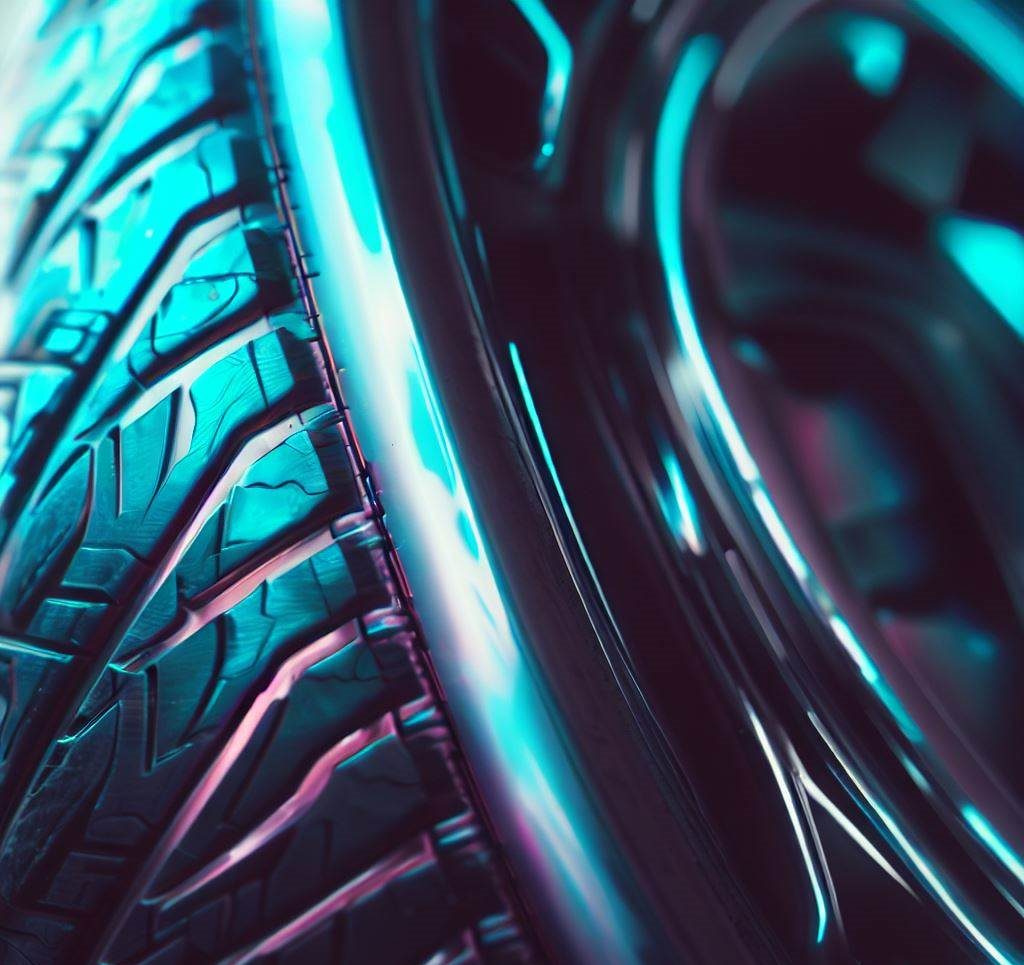WHAT CAUSES TIRE BLOWOUTS?
Introduction
Tire blowouts are a dangerous occurrence on the road that can lead to severe accidents, injuries, and fatalities. When a tire blows out, it can cause the driver to lose control of the vehicle, and the sudden loss of control can result in an accident. In many cases, tire blowouts result from a product defect, which can lead to product liability claims against the tire manufacturer. In this blog, we will explore tire blowouts and product liability in detail, including what causes tire blowouts, the types of defects that can lead to tire blowouts, and how product liability claims work.

What is a Tire Blowout?
A tire blowout is a sudden and unexpected loss of tire pressure that can cause the tire to burst or explode. This can occur while driving or when the vehicle is parked. Tire blowouts can happen to any type of tire, including car, truck, motorcycle, and bicycle tires.
Tire blowouts can be caused by a variety of factors, including:
Overloading the vehicle beyond its capacity
Underinflated or overinflated tires
Damage to the tire caused by hitting a pothole or debris on the road
Manufacturing defects or design flaws in the tire
Wear and tear due to age or use
The consequences of a tire blowout can be severe. When a tire blows out, the driver may lose control of the vehicle, resulting in an accident. The car can spin out of control, roll over, or collide with other vehicles or objects. Sometimes, the driver and passengers may be ejected from the vehicle, leading to serious injuries or death.
Causes of Tire Blowouts:
There are several causes of tire blowouts. Understanding these causes can help drivers take preventative measures to reduce their risk of experiencing a blowout.
Overloading:
Overloading a vehicle beyond its capacity can strain the tires excessively, causing them to overheat and eventually fail. This is especially true for commercial vehicles like trucks and buses that are designed to carry heavy loads.
Underinflation:
Driving on tires that are underinflated can cause excessive heat buildup, which can weaken the tire and cause it to fail. This can happen when the tire pressure is too low or when the tire has a slow leak.
Overinflation:
Overinflating a tire can also cause it to fail. When a tire is overinflated, the center of the tire protrudes further than the rest of the tire, causing it to wear unevenly. This can weaken the tire and cause it to fail.
Road Hazards:
Potholes, debris, and other road hazards can cause damage to the tire, leading to a blowout. When a tire hits a pothole or debris, it can cause a bulge or cut in the tire, which can weaken the tire and cause it to fail.
Manufacturing Defects:
In some cases, tire blowouts can be caused by manufacturing defects or design flaws in the tire. These defects can cause the tire to fail prematurely, even if it is properly maintained and used.
What causes tire blowouts?
Tire blowouts can occur for many reasons, but the most common causes include:
Overinflation or underinflation: If a tire is overinflated or underinflated, it can cause the tire to wear unevenly, which can lead to a blowout.
Age: Tires that are too old can become brittle and prone to cracking, which can cause a blowout.
Overloading: If a tire is carrying too much weight, it can cause the tire to overheat and fail, leading to a blowout.
Road hazards: Potholes, debris, and other road hazards can cause a tire to blow out if the driver hits them at high speeds.
Manufacturing defects: Defective tires can be prone to blowouts due to issues such as faulty materials, poor design, or inadequate quality control.
Types of tire defects
Tire defects can occur at various stages of the manufacturing process, from the design stage to the final assembly. The most common types of tire defects that can cause blowouts include:
Design defects:
These defects occur during the initial design phase of the tire, where a fundamental flaw is built into the tire’s design. For example, a tire may be designed with a weak spot that can cause it to fail when subjected to certain conditions.
Manufacturing defects:
These defects occur during the manufacturing process when an error is made in the construction of the tire. For example, a tire may be made with a faulty belt or ply that can cause it to fail prematurely.
Marketing defects:
These defects occur when a manufacturer fails to warn consumers about a tire’s potential risks or hazards. For example, a tire may be marketed as safe for high-speed driving when it is not.
Labeling defects:
These defects occur when a tire is labeled incorrectly or with insufficient information. For example, a tire may be labeled with the wrong load-carrying capacity, leading to overloading and eventual failure.
Product liability and tire blowouts
Product liability refers to the legal responsibility of a manufacturer or seller of a defective product for any harm or injury caused by the product. In the case of tire blowouts, product liability claims can be made against the manufacturer of the tire if the blowout was caused by a defect in the tire.
To prove a product liability claim, the plaintiff (the person making the claim) must show that:
The tire was defective.
The defect caused the tire to fail.
The tire failure caused the plaintiff’s injuries or damages.
Types of product liability claims
There are three types of product liability claims that can be made in the case of tire blowouts:
Design defect claim: This type of claim is made when a fundamental flaw in the tire’s design caused the tire to fail.
Manufacturing defect claim: This type of claim is made when a defect occurred during the manufacturing process, such as a faulty belt or ply.
Failure to warn claim: This type of claim is made when the manufacturer failed to warn consumers about a tire’s potential risks or hazards.


